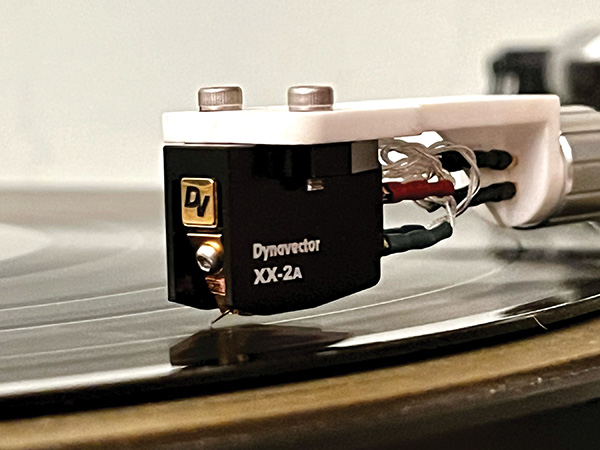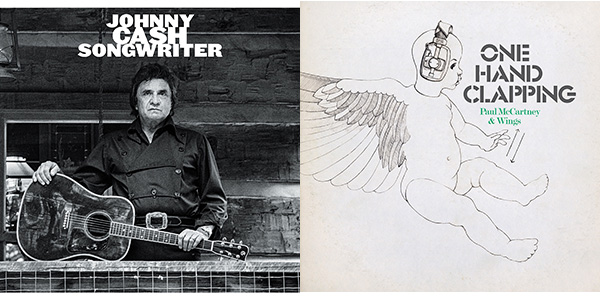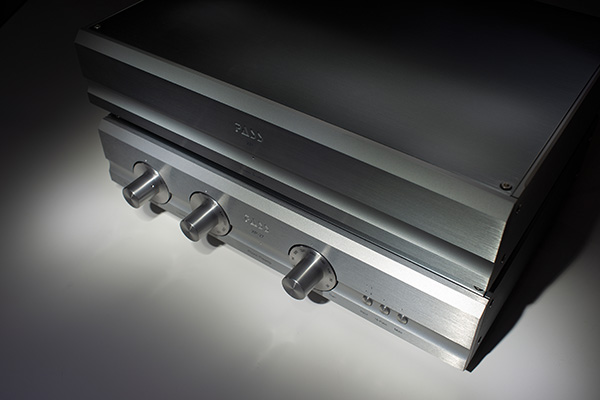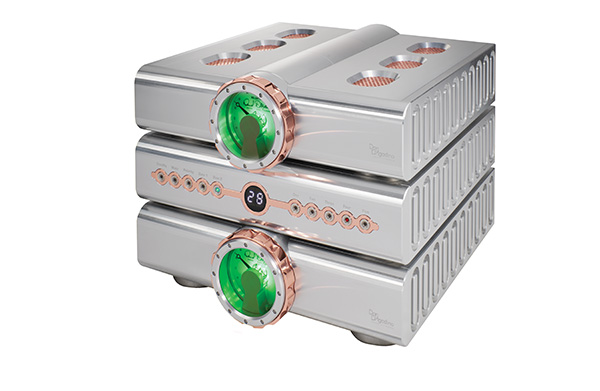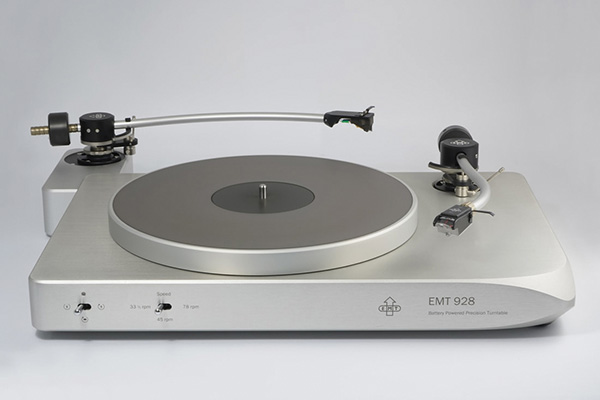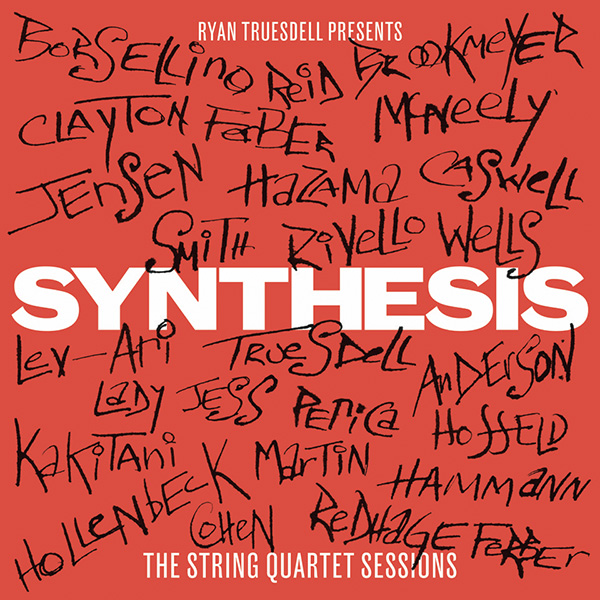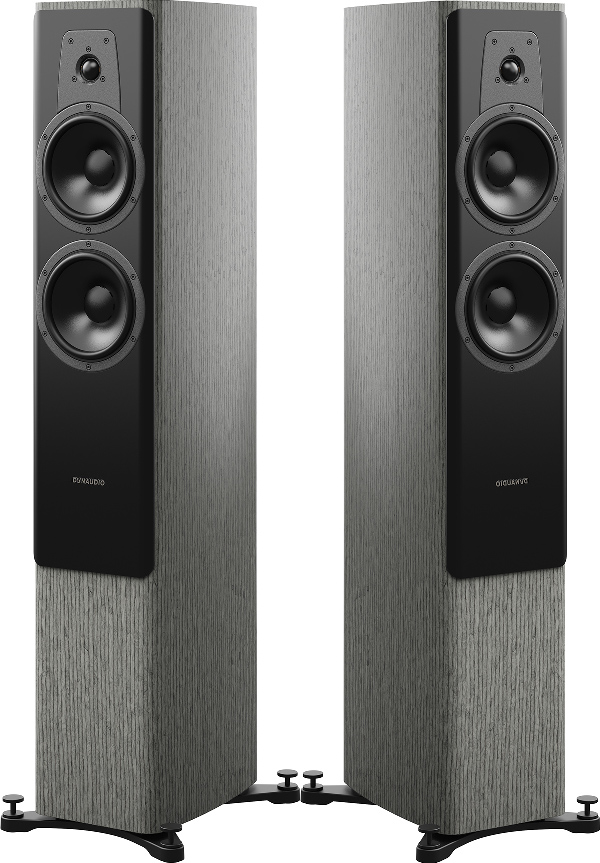
Ah, Denmark. Land of the Vikings and blue-eyed, blond-haired folk with faces sculpted just so. I loved my week there as a
Stereophile correspondent and member of a scraggly scrum of audio journalists whisked to DALI headquarters on a promotional junket.
Aside from its universal attractiveness, what struck me during my stay in the southernmost and smallest of the Scandinavian countries was how by North American standards the more densely populated cities I visited, Copenhagen and Aarhus, seemed orderly and clean. Cars, pedestrians, and cyclists kept tightly to their lanes. I saw no cigarette butts on the sidewalk and only sparse pockets of graffiti. There seemed to be a natural, sequential flow to everythingan evenness and balance that was close to idyllic.
Outside its bigger cities, Denmark looks pastoral, with long stretches of grassy fields sporadically interrupted by broad bodies of water, and bucolic towns that seem to have sprouted in the middle of nowhere. It's in these towns that a lot of Danish hi-fi is made: DALI in Nørager (population 1143); Dynaudio in Skanderborg (population 20,000). Skanderborg contains evidence of human settlements belonging to the earliest Nordic Stone Age, starting some 100,000 years ago.
Dynaudio doesn't go back quite that far; the company was founded in 1977...

